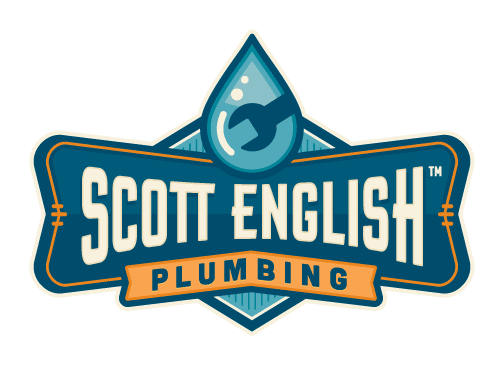How to Care for Your Plumbing
Caring for your plumbing is an important part of your regular home maintenance. Spending just a little bit of time each month checking on your plumbing system can help you to prevent major plumbing disasters and big expenses later on. Taking a few simple steps of preventive maintenance can go a long way toward avoiding bigger problems.
Preventive Maintenance – Steps to Take
- Familiarize yourself with your Plumbing System
First, you need to familiarize yourself with your home’s plumbing system. Take a look around the house, and pay attention to all of the appliances and other equipment related to your plumbing. Make a note of these items that should be checked as part of your regular maintenance. Being aware of your plumbing system is the first step in your plumbing care routine. - Check the Components
Once you are more familiar with your plumbing system, you should periodically check the components for signs of leaks. In particular, check any visible pipes for puddles or watermarks nearby. You should also check your shutoff valves and any brass or copper fittings for green stains. A green stain on copper or brass is an indication of corrosion on the pipes, which can result in leaks. It’s always better to take notice of corrosion before a leak occurs so that you can repair it before major damage is done. - Take Note of Water Pressure
One easy way to care for your plumbing is to just take note of the water pressure while you are taking a shower. If you notice that the water pressure is not as strong as it used to be, that may be because sediment has built up in the shower head. Fortunately, this is a very easy thing to fix. Just fill a plastic sandwich bag with vinegar and place it over the shower head so that the shower head is submerged in the vinegar. Using a piece of string or a twist tie, tie the bag in place around the shower head. Leave it like this overnight, and the vinegar will remove the buildup of sediment. In the morning, remove the bag and throw it away. Your water pressure should return to normal. If this doesn’t resolve the low water pressure, you might have a problem with the water line. In this case, you should consult with a plumber to further investigate the problem. - Check Your Shower and Sink
You should also periodically check your shower and around your sink for cracked tiles. If a tile is cracked, that is often an indication that there has been a water leak underneath. If a water leak is undetected and continues to leak, it can weaken the surrounding area and cause rotting, which results in the tile breaking. If you do find a broken tile, be sure to thoroughly investigate the source and promptly repair any water leaks before further damage occurs. - Toilet Inspection
Once you have checked the showers and sinks, give the toilets a quick inspection. Remove the lid from the tank, and check to make sure that the parts inside aren’t broken or rusted. Also, flush the toilet to make sure that it is flushing properly and doesn’t run. Check for any water puddling around the bottom of the toilet, too. If the toilet continues to run for a period of time after you flush it, you can probably fix it easily by purchasing a toilet tank kit for less than $20. This will resolve the issue and save you money on your water bill each month.
These steps will help you to prevent plumbing disasters. However, if you do experience a plumbing problem and need the help of a professional, call Scott English Plumbing. We are the plumbing experts, and we are here to respond to your emergency around the clock.
